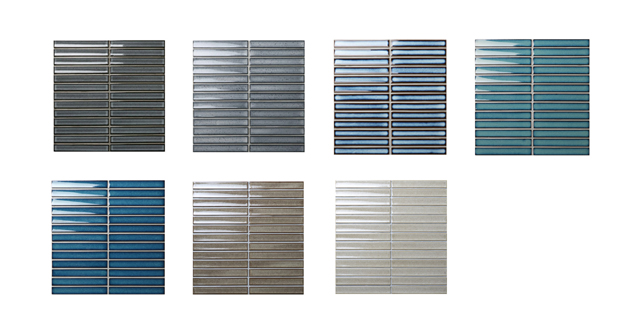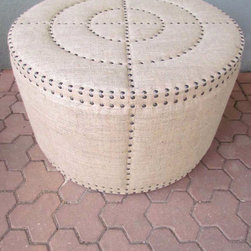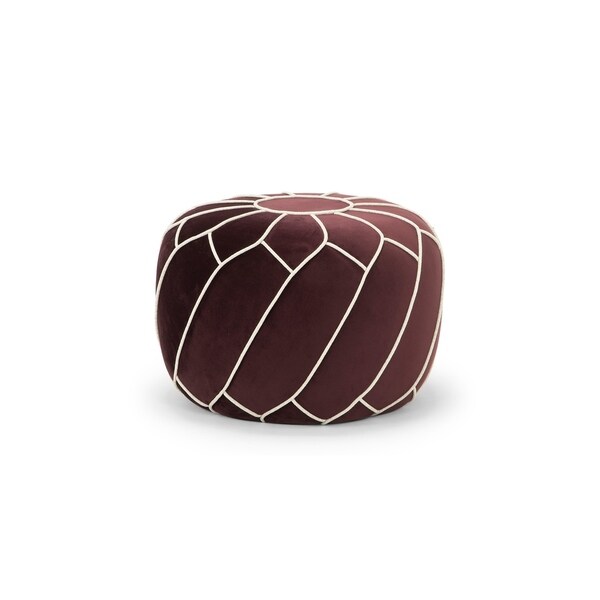
Glass making as a valued profession goes back hundreds of years in Turkey and is thought by most historians to have reached its zenith in the 16th century. TURKISH MOSAIC LAMPS: TIMELESS BEAUTY, UNMATCHED QUALITY Long after even the most sophisticated smartphones of today are obsolete these mosaic lamps will remain silent reminders of the eternal and enduring values of Turkish crafts.

These art objects are reminders of timeless traditions and the value of craftsmanship. There are no mechanized factories in Turkey where mosaic lamps are assembled by robots for mass consumption. Each one is an individual expression of the glass maker’s craft, hand-wired and assembled in workshops that are little changed from the days of the Ottoman Empire and Byzantium before it. The Turkish mosaic lamps we sell at Paykoc Imports come in a variety of styles and sizes. Add the Charm, Elegance and Mystery of the Orient to your Home Their job instead is to set a mood and create a calm, relaxed atmosphere whether you place them in the vestibule or over the kitchen countertop. The warmth and honesty exuded by these decorative lamps is not intended to provide bright light for the conduct of detailed work. Today as you amble through the wealth of Turkish crafts in the Grand Bazaar the glass mosaic lamps you’ll see are little changed from the mosaic lamps that inspired Louis Comfort Tiffany to adapt the idea to his brand of light fixtures. None of the updated aspects of the process in any way change the beauty and timelessness of the final product. While the chemical composition of the adhesive, bonding paste and cleaning solutions has changed over time, and where the artisans now use markers where once they used ink applied via a brush, the rest of the process is essentially the same as it has been for centuries. Once the mosaic lamp shade is deemed finished it is attached to brass or bronze components that are fabricated and assembled by hand to form a complete pendant lamp, wall sconce or table lamp that will provide beauty and elegance to your home for generations.It is virtually the only aspect of production which utilizes machinery.



Individual sections are hand cut from larger sheets of handmade glass of different colors and thickness.But just what is the production process for such a unique and timeless piece of home decor? While there are aspects of production that must remain between the master craftsman and apprentice the general process is as follows: Mechanization has virtually no place in the production process and as such each mosaic lamp is very much an individual object d’art. Mosaic lamps derive their beauty from the quality of materials used in their construction and the skill and imagination of the artisans that conceive and fabricate them. In this post we’ll take a quick look at how these incredible art objects are made in the workshops of Turkey and then take a look at the cultural history. It is likely that the mosaic lamp of today owes a direct historical debt to the local oil lamps of some 500 years ago. Over the centuries the local glass blowers produced a variety of objects including bowls, flasks, carafes and more that displayed a peerless quality and level of sophistication found in glass products virtually nowhere else in the world. The mosaic lamp owes its lineage to the Turkish glass making tradition which stretches back for a millennia in Asia Minor. Turkish mosaic lamps are a treasure from the Near East that have finally found an audience here in the West.


 0 kommentar(er)
0 kommentar(er)
